Are you ready to roll? Good.
And so the journey to become Pokemon masters begins!
In retrospect, I really should have read Kokoro Connect (just like I should have read a lot of other series) before bashing it for being seemingly a standard slice-of-life without much to go for it. Ah well, at least one of my predictions are dead wrong every season, right? For summer 2012, it's definitely Kokoro Connect. And for once, how glad am I to be mistaken.
Anyways, let's get down to it. Graphics are good - it's a bit closer to the light novel graphic style's more serious, angular sketches than cuteg's rounded-out, cute style. The lines and the faces actually look quite similar to those of K-On!'s, so I like how the illustrators drew Kokoro quite a bit. The number of frames is also not too bad, so you can watch the action going on (AKA everybody running around frantically) without wanting to barf. The girls are drawn nicely and keeps you from worrying about not having fanservice. As expected, great job on the eyecandy by Silver Link (produced Baka to Test to Shoukanjuu franchise and Tasogare Otome x Amnesia, as well as collaborating in series such as Bakemonogatari, Toaru Majutsu no Index II, and Shakugan no Shana Final).
K-On!!!: Return of the Yui Yui Gets a Brain
The audio is decent. The OP (Paradigm by Eufonius) is the standard slice-of-life visual novel/anime opening with the female voice/drum + clap + snap/violins combo, whereas the first ED (Kokoro no Kara [OP1] by Team Nekokan feat. Junca Amaoto) is slightly more delectable with the addition of acoustic/electric guitars in a slower tempo. This may sound strange, but even the animation indicates it: listen to this song in the afternoon, during sunset. It'll feel way more cool that way.
If I had to pick, I would probably pick the ED to go into my MP3 player. However, I would highly suggest taking a look at the OP. It's quite nice in terms of animation and there are a lot of small treats that the OP tries to sneak past you. Take your time and stop at each point to admire the effort the studio put in the OP a bit. You'll be surprised.
Oh, and as a last note, good job with picking Sawashiro Miyuki (voiced Kanbaru Suruga [Monogatari series], Dalian [Dantalian no Shoka, and Honda Masazumi [Kyoukai Senjou no Horizon]] for the role of Inaba Himeko. That darker voice that could become sultry if pushed works perfectly with her. Thumbs up.
HUEHUEHUEHUEHUE
The plot. As you may know from our preview and MAL summaries, there are five high-school students, each with their own problems, crushes, relationships with the others, and personalities (which are pretty realistic, don't worry). So far, so good.
But what happens when they switch minds and bodies with each other? At random? With no idea of when they'll get back?
Oh, and guess who's pulling the strings - a nice little supernatural being called "Heartseed" who just wants to have a little...'fun'.
And so their days of not being able to enter the right bathroom the first time begin.
Yes. Just like that.
Wait, wait, wait, you say. How is this really unique from any other series that dicks people over by using supernatural powers/wishes in real life? How is this really different from what Kagami no Kuni no Harisugawa was/could have been? Or even a more recent and applicable example, Natsuiro Kiseki?
Well, there are two differences that, although small, will drive Kokoro Connect to a place that has not really been ventured into so much yet - just what I was looking for. To give an example, let's compare Natsuiro Kiseki to our friendly neighborhood series.
First, the difference in powers should be marked. Natsuiro Kiseki showcases a whole bunch of stuff happening to get them together. This puts less focus on the actual powers and more focus on the characters' reactions to them. This magical smorgasbord also forces a much more episodic series to occur, since each power is - in the end - disparate from the others. By doing this, it also creates a 'step-wise' series. What I mean by this is that development happens each episode at a time. One episode/story lets the characters get closer to each other. The next episode lets the characters get closer still. And repeat ad nauseum.
Kokoro Connect, on the other hand, focuses on the body-switching power solely. This obviously puts more attention to not only the power, but also the possibilities as to what can happen - which are more or less up to the characters than the power. In a sense, the characters' actions have a much greater weight in Kokoro Connect than in Natsuiro Kiseki, where you simply wait for the power to run out like a broken flashlight. The fact that the five students in Kokoro are constantly switching/impersonating each other means that they get to see each others' worlds - their secrets - and most importantly, their interactions with other people. In Kokoro, one wrong step could mean a humiliating experience in the boys' changing room, but one wrong word or reaction could also mean a tension between friends, or messing up a social environment that is not theirs. This gives it a much more earnest bent than a series like Natsuiro. Furthermore, having everybody deal with this one problem creates a sort of continuity in the series.
Inaba Himeko will not take any of your shit
Second, this body-switching power is not impartial - not in any sense of the word. In Natsuiro, the magic powers are just there. The girls even get to wish for something along the lines of what they want. But they simply know that the wishes are relatively simple and harmless and will run out sooner rather than later. So as interesting as it is, there's little to no tension in the entire series.
It's not that simple in Kokoro Connect. The 'antagonist', or more fitting, the 'host' of this series, Heartseed, is out to see some interesting stuff. If he can, it doesn't matter how many times people need to switch, or for how long, or how many times he needs to control people to do dickish moves - he/it will make something happen. As long as innocent people are not permanently harmed (a definition which is much looser than what you might think), you can bet that you will start biting your nails whenever a lull appears in the series.
Of course, this is exacerbated by the fact that the students have to do something 'interesting' - they not only have to open up to each other, but they have to do it fast - to appease Heartseed and get him to switch the minds back. The problem is that 'being open' is much harder for anybody to do at a rate that would blind most extroverts, let alone secretive anti-socials. By having Heartseed create these unique interpersonal problems for the students to deal with, the characters develop much faster and in a way that viewers can distinctly describe beyond the simple statement "oh they got closer". And in any case, it's much more interesting than a simple car crash.
The opening for this series reveals more character depth than half the other series this year.
Although it's only a Halfway Point review, I think Kokoro Connect is turning out great so far. It's been a long time where I've had to hold my breath; where I've been truly tense; where I could manage to laugh with relief at an anime series. If the anime wraps up well at the end of the season, this could be a strong contender for Best Series of 2012. Don't miss out.
Recommendation: If you end up watching only a few series this season, this should be one of them.
Quiet days with your friends is a blessing...
...which is sure to end, one way or another.
...which is sure to end, one way or another.
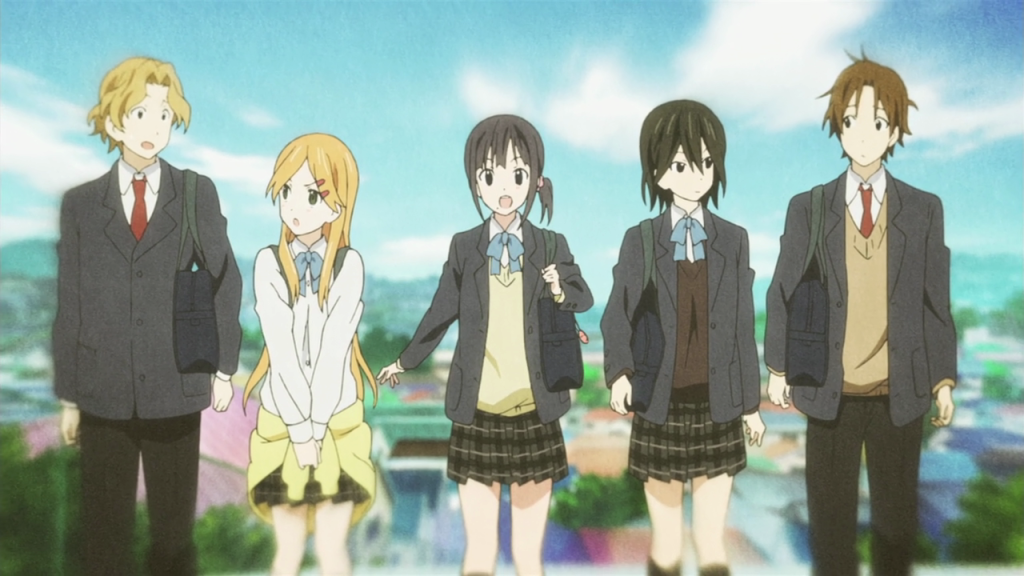
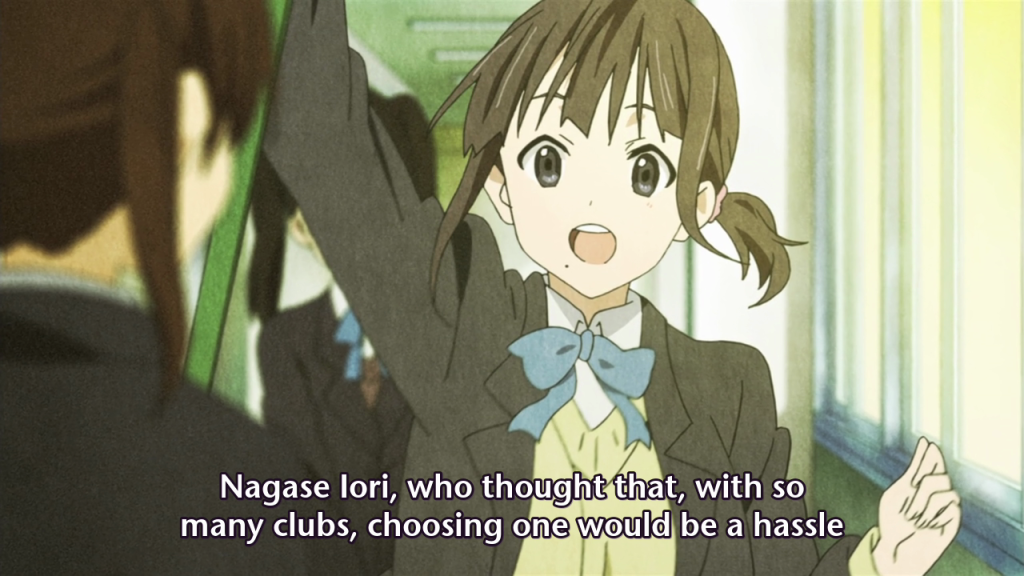

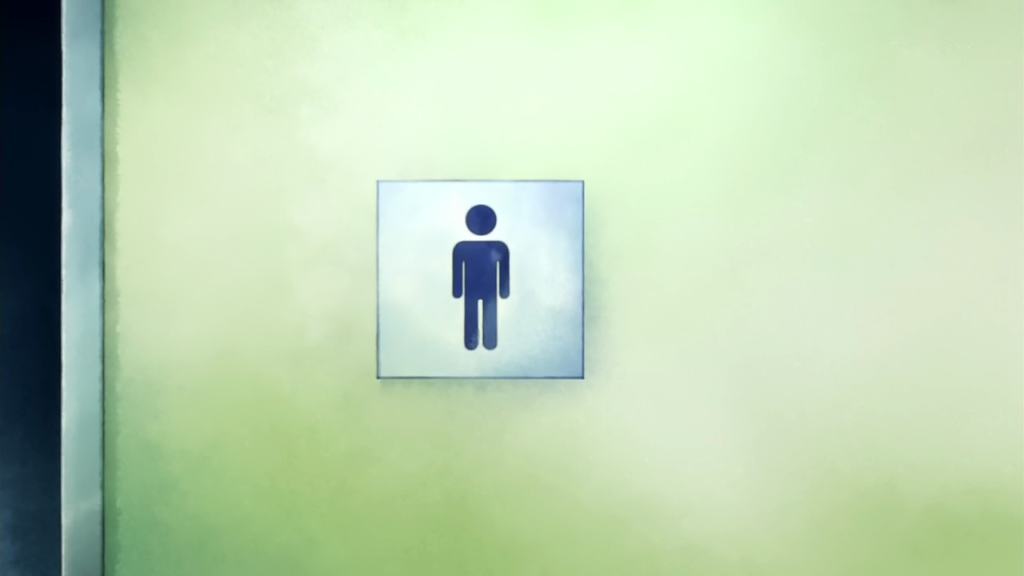

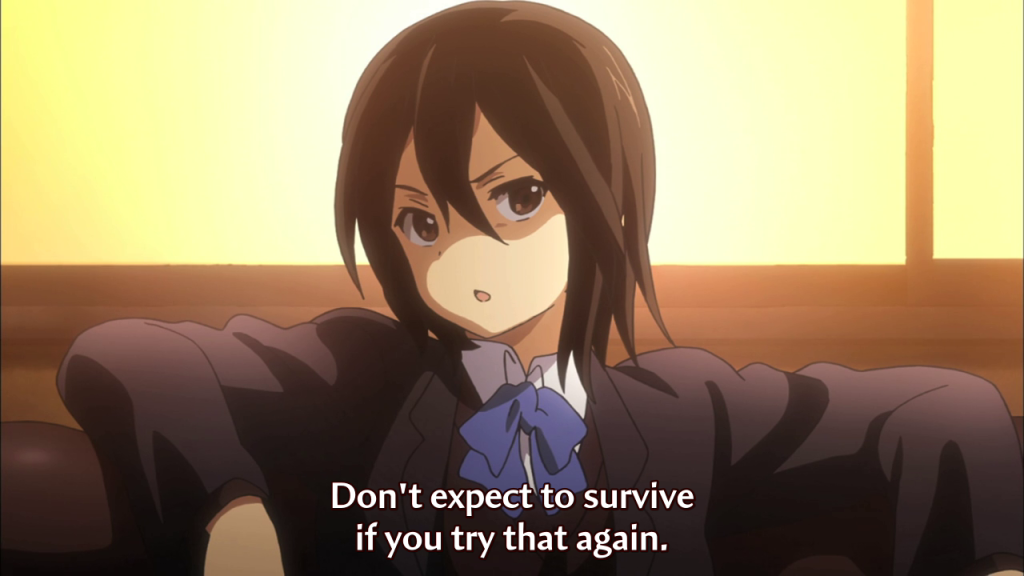

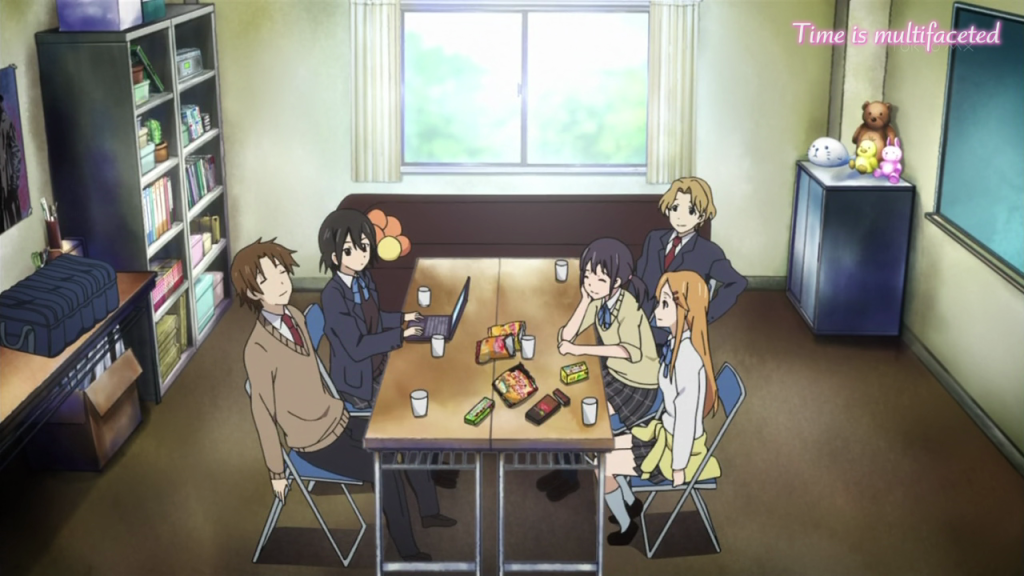
No comments:
Post a Comment